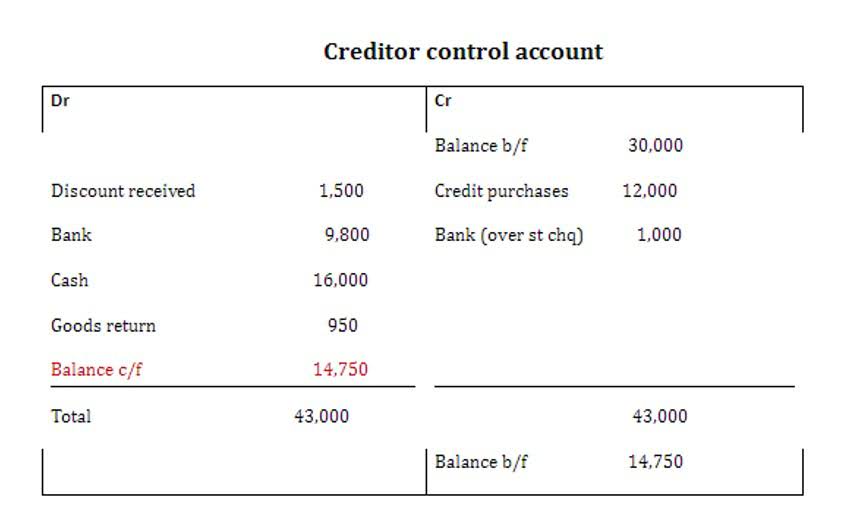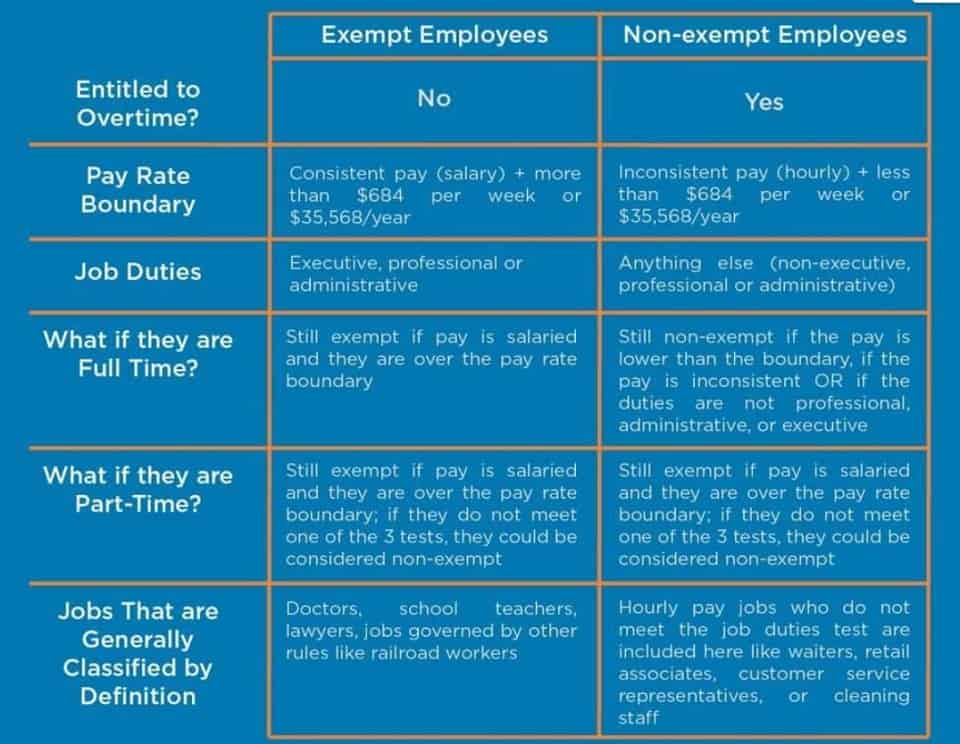
Cash flow statements are indirectly influenced by salvage value through depreciation adjustments in the operating activities section. Depreciation is added back to net income when calculating cash flow from operations. A lower depreciation expense, resulting from a higher salvage value, can reduce cash flow from operations. Enter the original value, depreciation rate, and age of the asset into the tool to calculate its salvage value. The calculator will compute the remaining value after depreciation based on the provided inputs.
Depreciation Rate:
- Suppose a company spent $1 million purchasing machinery and tools, which are expected to be useful for five years and then be sold for $200k.
- Each approach provides a unique perspective on the residual worth of an asset.
- The majority of companies assume the residual value of an asset at the end of its useful life is zero, which maximizes the depreciation expense (and tax benefits).
- It helps businesses and individuals estimate the net cash flow they will receive when disposing of an asset after taking into account the applicable tax consequences.
- It provides a more realistic estimate of the salvage value based on the asset’s market worth.
- Salvage value can be affected by various factors, such as depreciation methods, tax implications, market conditions, and disposal costs.
Scrap Value is a projected value of an asset that can’t be used any longer for original purposes. In the dynamic landscape of startup innovation, strategic evaluation stands as a cornerstone,… Big data is a term that refers to the large and complex datasets that are generated by various…

Asset Disposal
Depreciation is an essential measurement because it is frequently tax-deductible. Salvage value is a critical concept in accounting and financial planning, representing the estimated residual value of an asset at the end of its useful life. Companies can also use comparable data with existing assets they https://www.bookstime.com/ owned, especially if these assets are normally used during the course of business.
- With a 20% depreciation rate, the first-year expense is $800, and the second year is $640, and so on.
- Salvage value and depreciation are both accounting concepts that are related to the value of an asset over its useful life.
- It represents the amount that the asset is expected to be worth when it is no longer useful or productive to the business.
- Simply put, when we deduct the depreciation of the machinery from its original cost, we get the salvage value.
How to Calculate After Tax Salvage Value
- The straight-line method allocates an equal depreciation expense across each period of an asset’s useful life.
- Doing so will help us make better investment decisions and maximize the value of our projects.
- Salvage value is also known as scrap value or residual value and is used when determining the annual depreciation expense of an asset.
- From different perspectives, experts offer insights on estimating salvage value.
- Salvage value is the estimated book value of an asset after depreciation is complete, based on what a company expects to receive in exchange for the asset at the end of its useful life.
The car salvage value calculator is going to find the salvage value of the car on the basis of the yearly depreciation value. The level of maintenance and upkeep performed on an asset throughout its lifespan can affect its salvage Online Accounting value. Proper maintenance and regular upkeep can help preserve an asset’s condition and functionality, increasing its salvage value.

- Useful life refers to the expected time an asset will be productive for a business.
- Or, if they want to show more expenses early on, they might use a method that makes the item lose more value at the beginning (accelerated depreciation).
- The straight-line method is suitable for assets that are expected to provide equal benefit over their useful life, such as buildings or vehicles.
- As such, an asset’s estimated salvage value is an important component in the calculation of a depreciation schedule.
- The matching principle is an accrual accounting concept that requires a company to recognize expense in the same period as the related revenues are earned.
- Many companies use a salvage value of $0 because they believe that an asset’s utilization has fully matched its expense recognition with revenues over its useful life.
- It is an important factor to consider when evaluating the profitability and feasibility of a project or investment.
A positive NPV indicates that the project is profitable, while a negative NPV indicates that the project is unprofitable. The insurance company decided that it would be most cost-beneficial to pay just under what would be the salvage value of the car instead of fixing it outright. From this, we know that a salvage value is used for determining the value of a good, machinery, or even a company. It is beneficial to the investors who can then use it to assess the right price of a good. Similarly, organizations use it to examine and deduct their yearly tax payments.
Tax Rate

From different perspectives, experts offer insights on estimating salvage value. Some argue for using the book value approach, which considers the asset’s original cost minus accumulated after tax salvage value depreciation. This method provides a conservative estimate, as it assumes the asset will have minimal value at the end of its useful life. The increase in net cash flows due to decrease in taxes due to depreciation in called tax shield. Another example of how salvage value is used when considering depreciation is when a company goes up for sale.

Companies determine the estimated after tax salvage value for anything valuable they plan to write off as losing value (depreciation) over time. Each company has its way of guessing how much something will be worth in the end. Some companies might say an item is worth nothing (zero dollars) after it’s all worn out because they don’t think they can get much.
